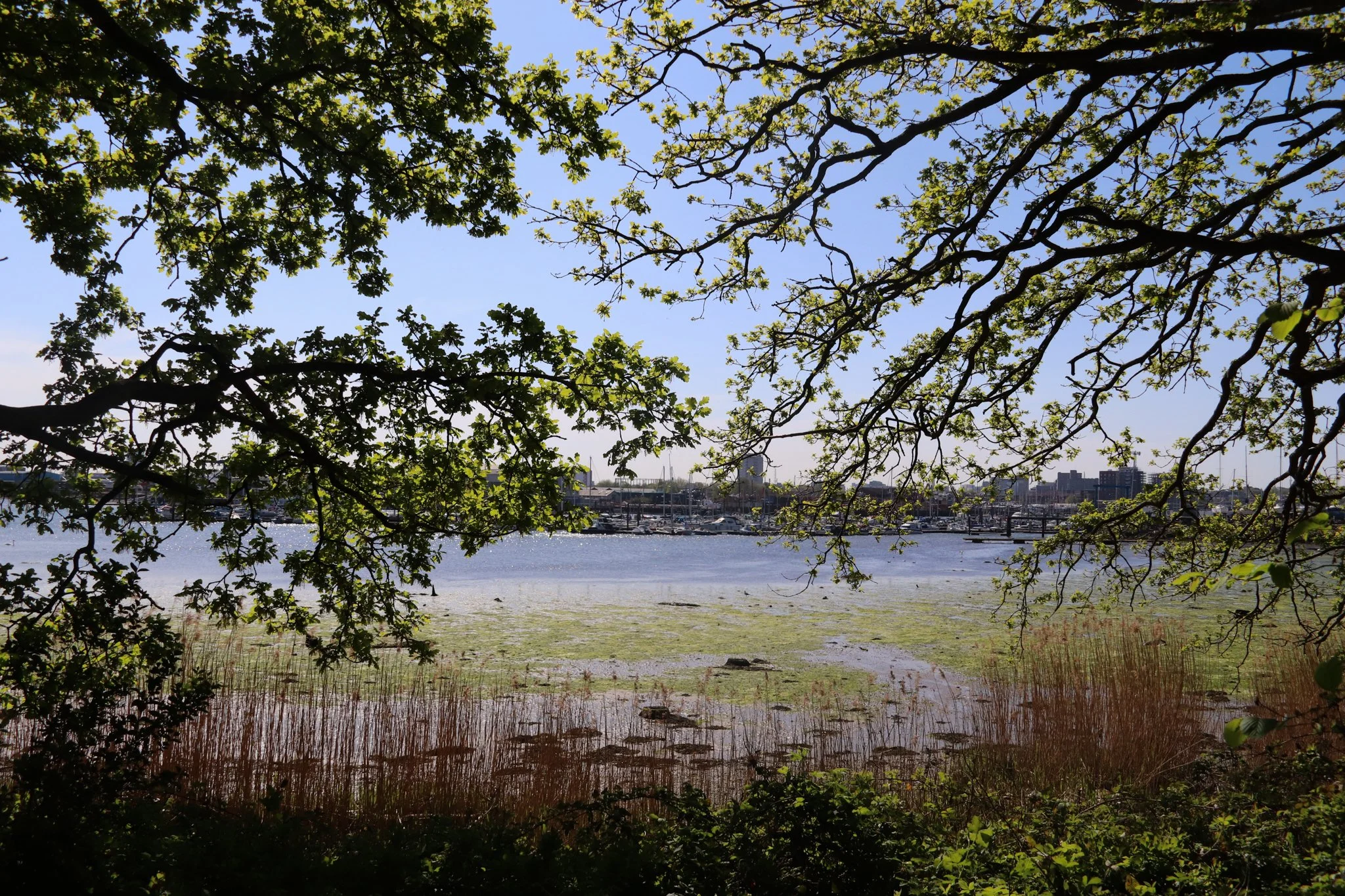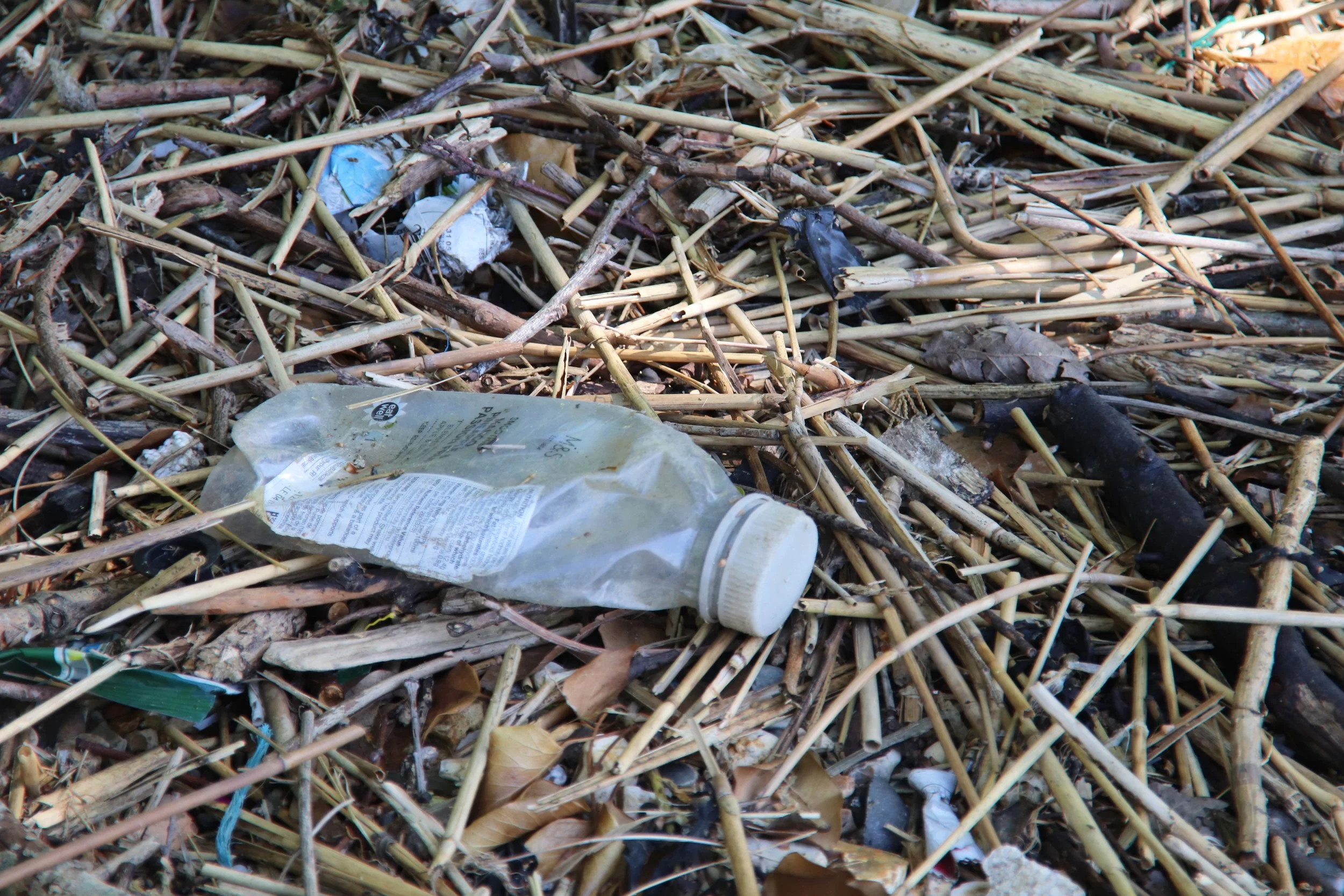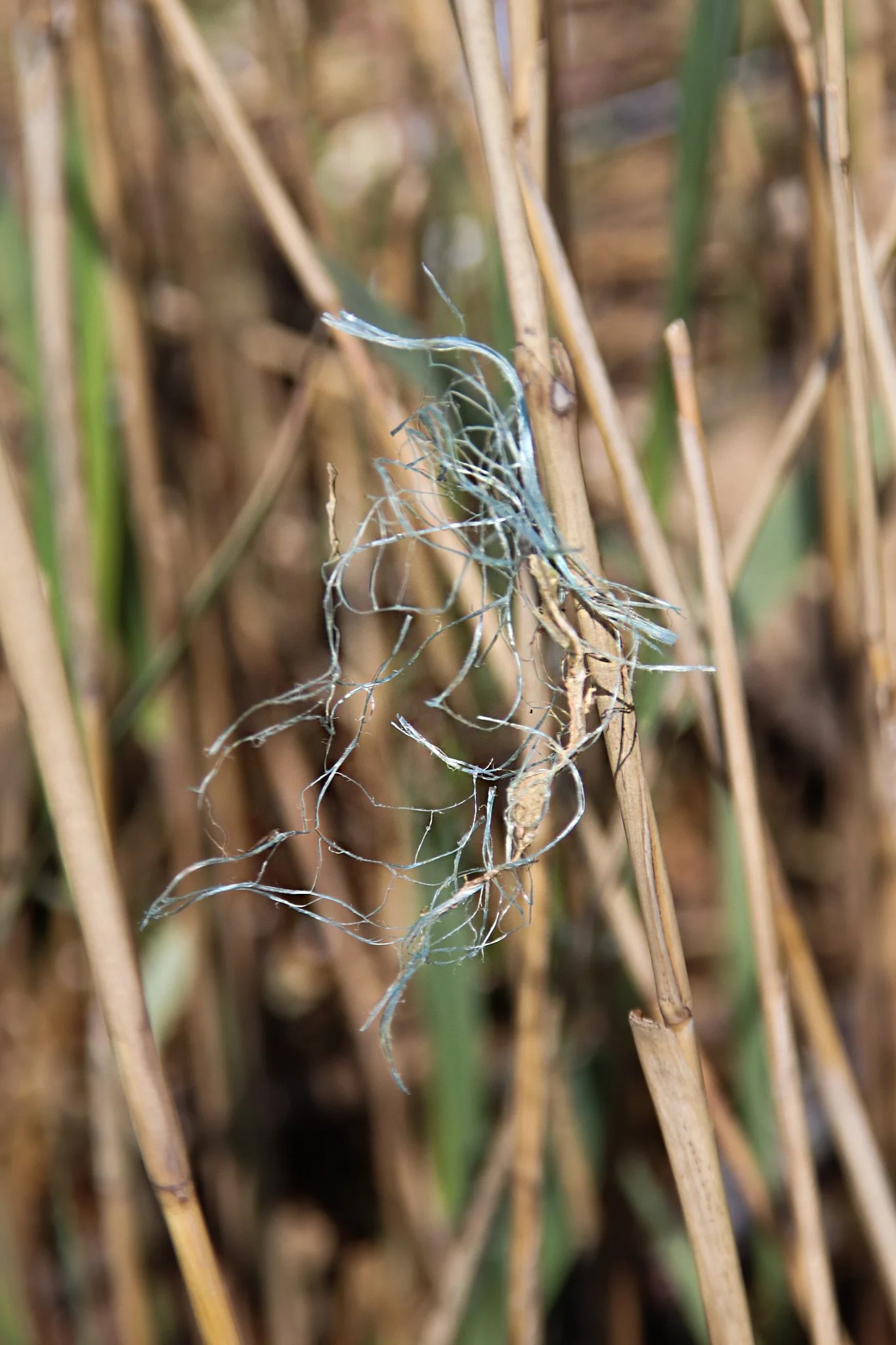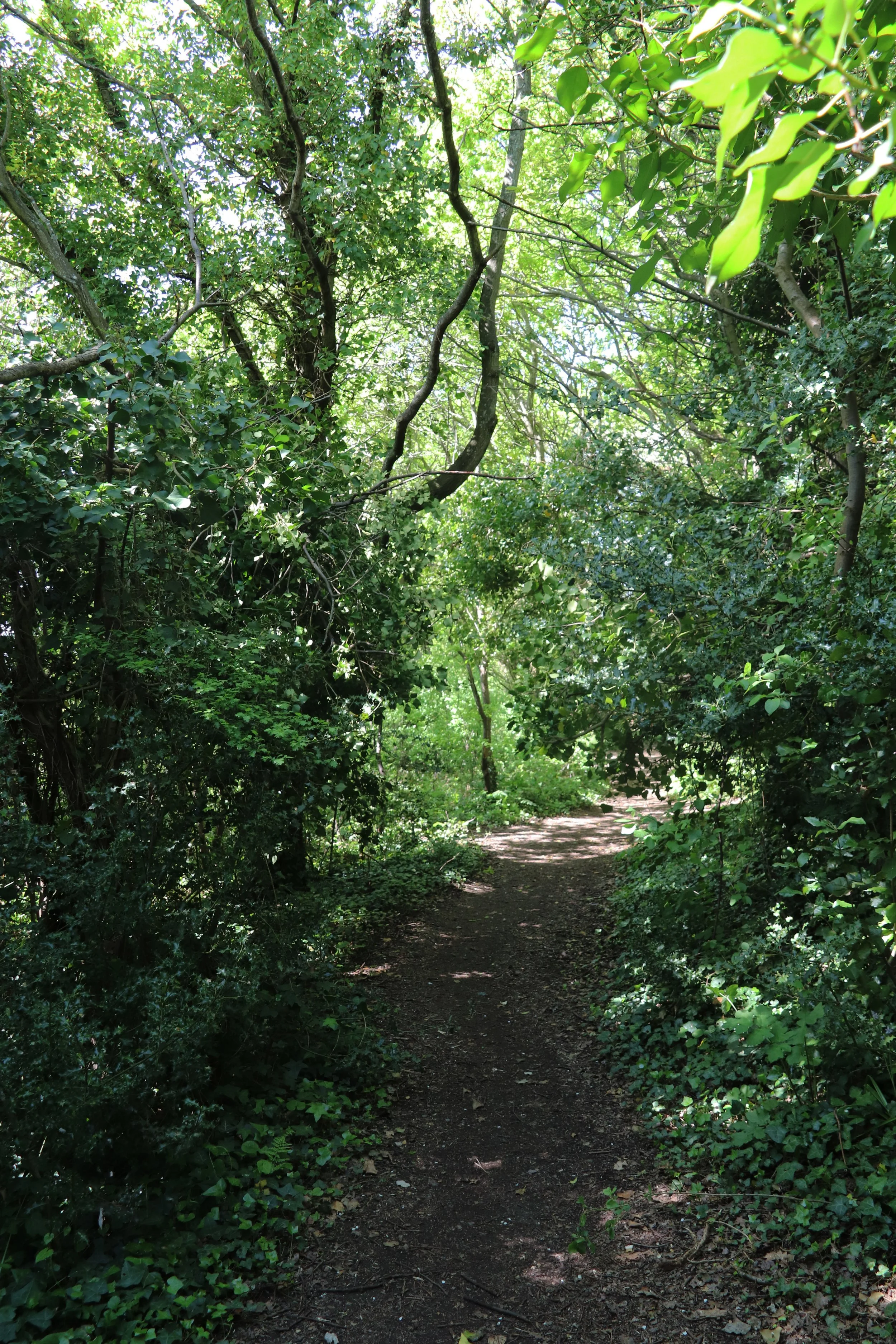Micro-plastics
The wildlife struggles to thrive here with the abundance of plastic pollution as it blankets the mudflats and shoreline, deeply engrained. Can rings were found less than a metre away from a group of swans feeding on the seaweed exposed from the low tide. Whilst walking along the path from the woodland to the water the plastic is ingrained into the soil like an infinite time capsule. It remains almost cemented into the ground as the dirt is eroded away from around it. Leaving the remains of decaying history behind.
Chessel Bay is located on the eastern bank of the river Itchen in Southampton City. The reserve is partially made up from woodland which runs alongside a railway, parallel to the shrubbery there is a strip of shingle and sand salt-marsh, however the bay is mostly mudflats. These mudflats allow and provide good feeding grounds at low tide for wading birds. This bay was also Southampton’s first designated Local Nature Reserve in 1989, it is one of four Sites of Special Scientific interest within the city. Local and better-known organisations are trying to make an impact here, for example, Surfers against Sewage as well as The University of Southampton Oceanography and Marine Science departments try to raise awareness through media like twitter. This pollution has permanently scarred this stretch of what should be a beach, and more accountability needs to be taken to ensure the safety of the wildlife. ‘Nurdles’ are used in the plastic industry as a raw material, many are accidently released into the environment in transport and handling. Despite the size of these pellets they pose a huge threat to wildlife, but most importantly the aquatic environment. In 2011 the plastic was 1cm deep. 11 years later, this amount of plastic is more abundant than sand along this stretch of beach.







